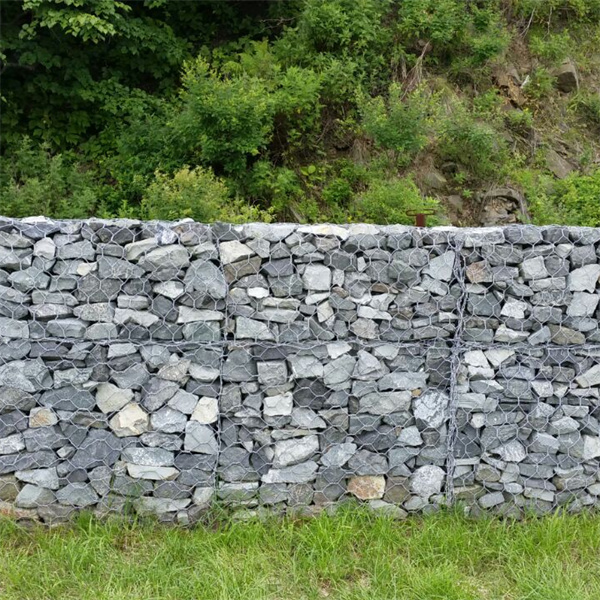okt . 12, 2024 11:43 Back to list
high quality gabion basket specifications
High-Quality Gabion Basket Specifications An Essential Guide
Gabion baskets, often used in civil engineering, landscaping, and environmental projects, are structures made of wire mesh filled with stones, rock, or soil. They are designed to control erosion, provide structural support, and aesthetic appeal. As their application expands, understanding the specifications that define high-quality gabion baskets is essential for selecting the right products for your project.
Materials and Construction
The primary component of a high-quality gabion basket is the wire mesh. The mesh is typically made from galvanized steel wire or PVC-coated steel wire, providing enhanced durability and corrosion resistance. The wire should conform to standards like ASTM A975 for quality assurance. High-quality baskets will also exhibit a minimum wire diameter of 3.0 mm (12 gauge), ensuring strength and longevity, especially in harsh environmental conditions.
Welded or woven wire mesh construction are common options. Welded mesh offers greater integrity and is less prone to deformation under load, while woven mesh allows for more flexibility. The choice between these options would depend on the specific application and expected load conditions.
Dimensions and Design
Typical dimensions for gabion baskets vary, but high-quality units often adhere to standard sizes of 1x1x1 meter, 1x0.5x0.5 meter, and larger configurations like 2x1x1 meter. This standardization facilitates easier planning and integration into construction projects. The design of the basket should include a flat-bottom base for stability and proper drainage holes to prevent water accumulation, which can compromise integrity.
Moreover, robust corner wires and intermediate dividers are critical as they provide additional structural support and maintain shape even when filled, ensuring the basket can withstand environmental pressures
.high quality gabion basket specifications

Filling Materials
The filling material in gabion baskets plays a pivotal role in their effectiveness. Stone fill typically ranges from 100 to 300 mm in size to ensure a sturdy configuration while allowing for drainage. High-quality gabion baskets can accommodate a variety of filling materials such as larger rock, concrete rubble, and even natural elements like soil and vegetation for aesthetic and environmental purposes. Proper filling techniques are also vital; materials should be packed tightly yet allow for drainage to enhance performance.
Installation and Maintenance
While gabion baskets are relatively low-maintenance, their durability can be affected by the installation process. Proper site preparation is crucial. It is essential to level the ground where the baskets will be placed and to ensure proper alignment during installation. High-quality gabion baskets should also come with detailed installation guidelines to maximize performance and longevity.
Routine inspections are recommended to monitor for any signs of corrosion, shifting, or degradation of the mesh, especially in coastal or highly corrosive environments. While periodic maintenance may be required, well-constructed gabion baskets can last for decades.
Conclusion
In summary, high-quality gabion baskets are defined by their materials, design, filling, installation, and maintenance. By adhering to industry specifications and understanding the components that signify quality, engineers and designers can ensure their projects not only meet aesthetic needs but also stand the test of time and environmental challenges. Whether used for erosion control, landscaping, or structural applications, investing in high-quality gabion baskets is a wise choice for any project.
-
HESCO Gabion Baskets for Coastal Erosion Prevention
NewsAug.22,2025
-
Longevity and Durability of River Rock Gabion Walls
NewsAug.22,2025
-
How to Integrate Gabion 3D Walls in Urban Planning
NewsAug.22,2025
-
Reno Mattress Gabion Applications in Civil Engineering
NewsAug.22,2025
-
How to Install Wire Mesh for Gabion Baskets Properly
NewsAug.22,2025
-
Best Materials for Filling a Chain Link Gabion
NewsAug.22,2025
-
Wire Mesh Thickness Impact on Gabion Wall Load Bearing
NewsAug.12,2025






